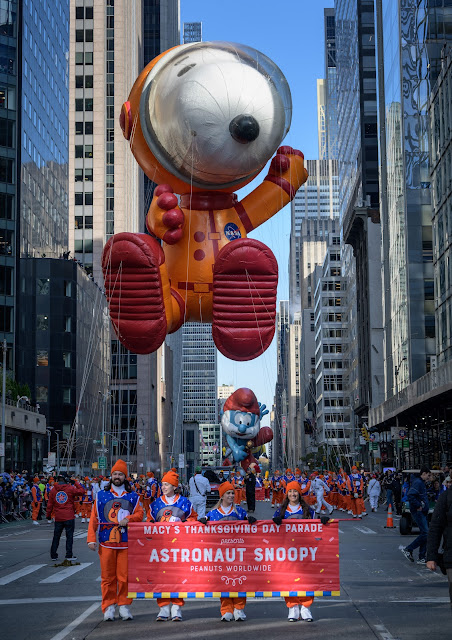NASA's Artemis I Orion Spacecraft Looks Back at 'Blue Marble' Earth
On Flight Day 9, NASA’s Orion spacecraft captured imagery looking back at the Earth from a camera mounted on one of its solar arrays. The spacecraft is enroute to distant retrograde orbit of the Moon.
The first in a series of increasingly complex missions, Artemis I is an uncrewed flight test that will provide a foundation for human deep space exploration. It will demonstrate NASA's commitment and capability to extend human existence to the Moon and beyond. Orion is completing a 25-day test of all key systems. It will travel 280,000 miles from Earth, thousands of miles beyond the Moon. Orion will stay in space longer than any ship for astronauts has done without docking to a space station and return home faster and hotter than ever before.
On the Artemis III Mission, NASA will land the first woman and the first person of color on the surface of the Moon, paving the way for a long-term lunar presence and serving as a steppingstone on the way to Mars.
Learn more about Artemis I at:
https://www.nasa.gov/specials/artemis
https://www.nasa.gov/artemis-1
Credit: NASA's Johnson Space Center (JSC)
Capture Date: Nov. 24, 2022
#NASA #ESA #Space #Earth #Earthset #Moon #Artemis #ArtemisI #Orion #Spacecraft #DeepSpace #MoonToMars #JourneyToMars #Science #Engineering #Technology #Exploration #HumanSpaceflight #SolarSystem #UnitedStates #Europe #International #STEM #Education










.jpg)








.jpg)